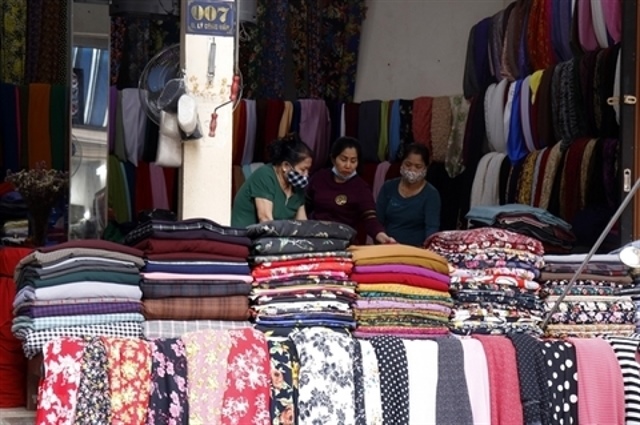SBV considers increasing pressure on weak banks
SBV considers increasing pressure on weak banks
Commercial banks would have no more reasons to deliberately delay or refuse to undergo the restructuring. Weak banks would be put under the special control, forced to merge to others or go bankrupt if necessary.

Harder pressure to be put on weak banks
The State Bank of Vietnam (SBV) has, for the first time, stated that weak and unprofitable banks would be forced to the bankruptcy. Though the banks’ bankruptcy has been mentioned in current laws, in thoughts of people, commercial banks would never go bankrupt, because they are protected by the SBV.
Under the new regulation, the weak credit institutions, which are in the danger of falling into insolvency, would be put under the State Bank’s special control and forced to increase the chartered capital.
The State Bank can also request the credit institutions to restructure, merge into other institutions. And if the banks’ situations cannot be improved after applying the above said measures, they would be forced into the bankruptcy.
Dr. Vu Viet Ngoan, Chair of the National Council for Finance Supervision, has commented that by putting a harder pressure on banks, the State Bank would requires higher responsibility of the banks’ owners.
Agreeing with Ngoan, Dr Nguyen Tri Hieu, a well-known economist, said it’s reasonable to let unprofitable banks go bankrupt. In the past, the central bank was believed not to let commercial banks get dissolved, for fear that the dissolution of any banks may harm the safety of the whole banking system. As a result, bank managers were always convinced that they would never “sink”.
Believing that commercial banks are “insured” against the collapse, depositors prefer depositing money at weak commercial banks to big and prestigious banks, simply because weak banks always offer higher interest rates to attract the capital flow.
A banker, who asked to be anonymous, said a lot of banks still have not made any step towards the restructuring, because they “think their value beneath their dignity.” A lot of banks kicked off the restructuring plans in late 2011 and early 2012, but they failed to fulfill the plans.
In many cases, banks were found as incurring heavy losses which nearly ate up the chartered capital. However, the banks’ shareholders still decided to refuse the restructuring process.
Therefore, if the State Bank can intervene in the banks’ business and force them to merge into others, this is believed to help speed up the bank restructuring.
Nguyen Huu Nghia, Chief Inspector of the State Bank, admitted that the biggest barrier to the restructuring process is the lack of cooperation, or the protest from the big shareholders of weak banks. However, he also said that the legal framework needs to be upgraded to pave the way for the central bank to make intervention in the cases.
It’s time to let banks go bankrupt
Economists say the State Bank and the government made a right move when they stated in 2011 that no commercial bank would go bankrupted, because at that time, the banking system’s liquidity was very thin.
However, the conditions are now quite different. With the strong liquidity which has been put under a strict supervision, the dissolution of one or several banks would not cause serious problems to the whole banking system.
In related news, the Prime Minister has decided to set up an inter-ministerial steering committee in charge of implementing the project on restructuring credit institutions in 2011-2015. The committee would gather the officials from ministries, branches and the leaders of the two biggest cities of Hanoi and HCM City.
vietnamnet


























